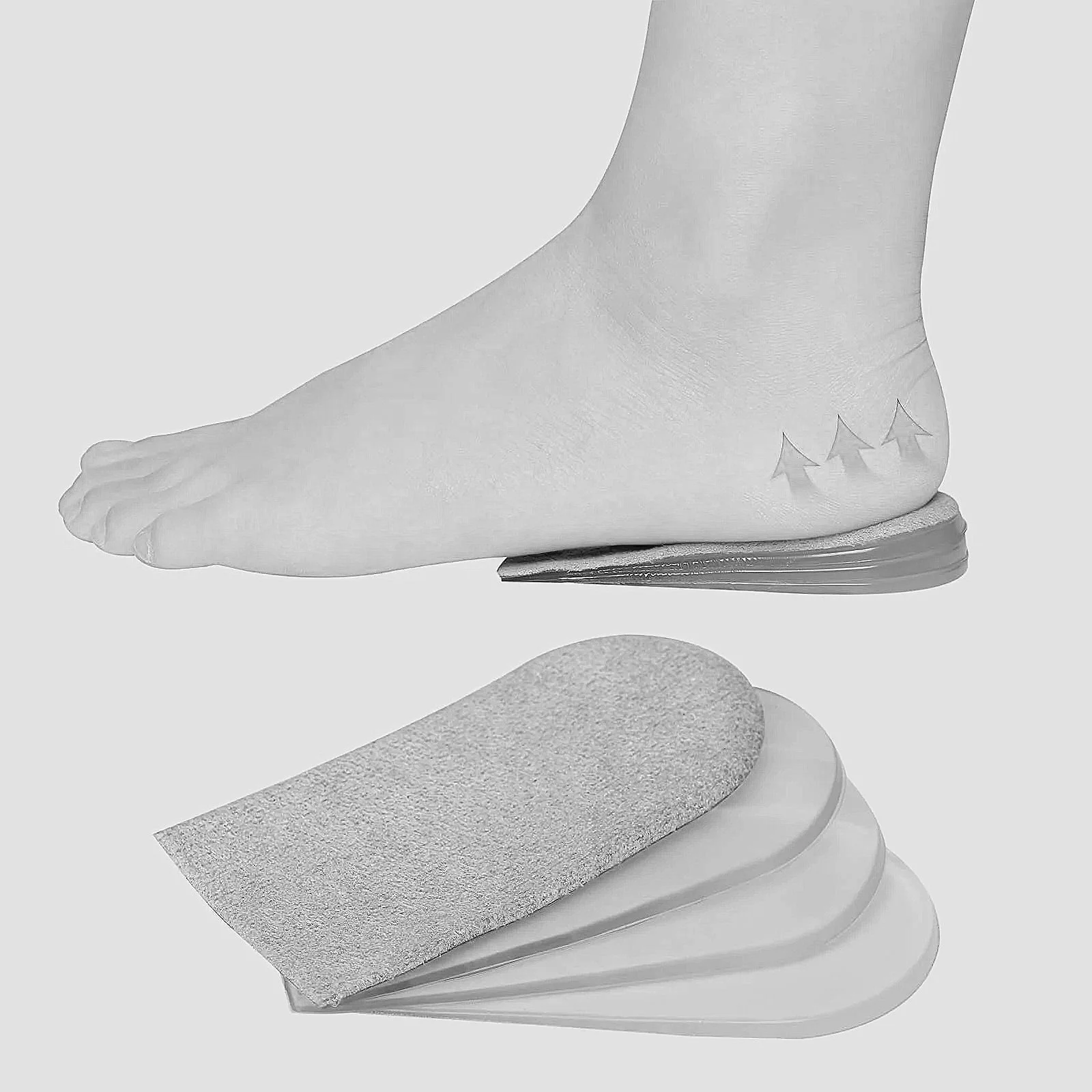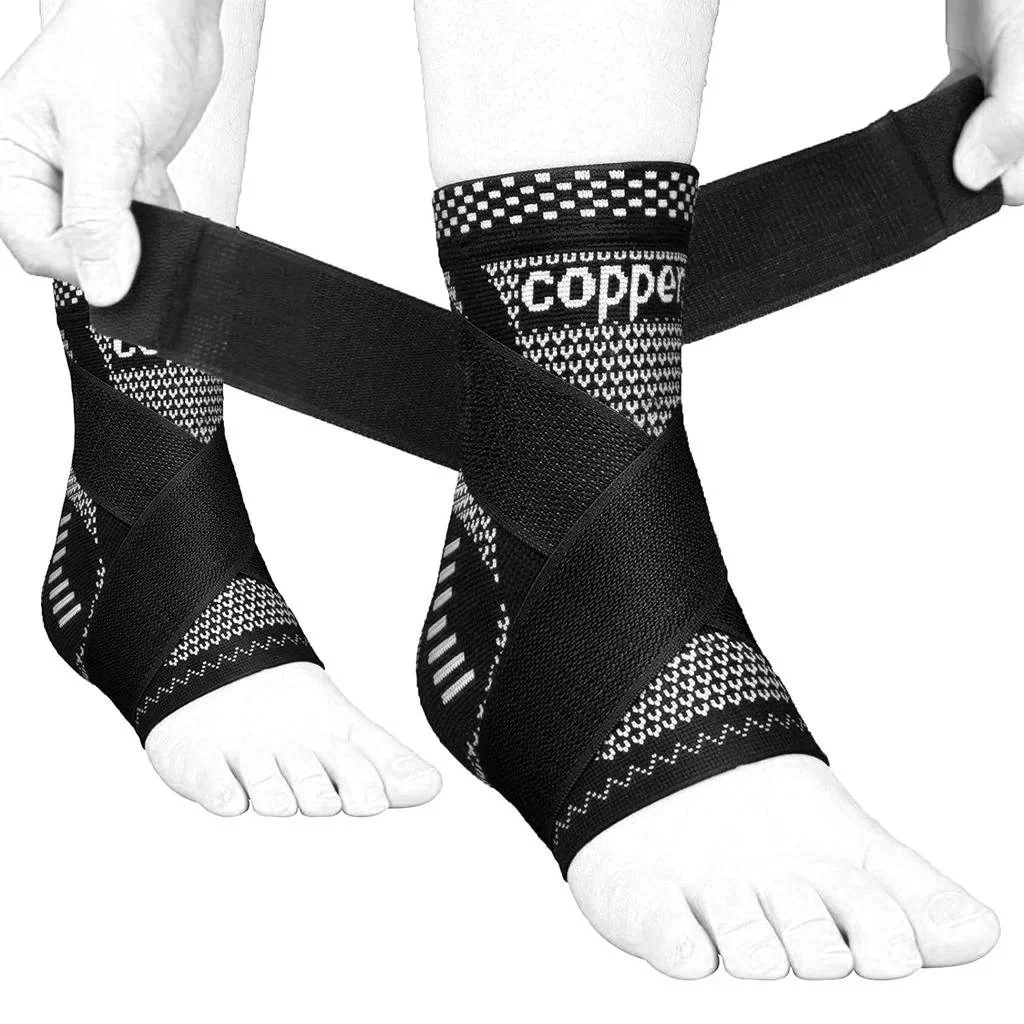ACHILLES TENDINITIS |
ACHILLES TENDINITIS |
Whether you are a weekend warrior or full-time warrior like the great Achilles, tendinitis can limit your ability to perform. Since everyone has different goals and different levels of injury this page provides general information and range of potential treatments that may vary based on your level of injury.
ACHILLES TENDINITIS
vs
ACHILLES TENDONOSIS
Achilles tendinitis is a condition characterized by inflammation of the Achilles tendon, which connects the calf muscles to the heel bone. This tendon is essential for walking, running, and jumping. Tendinitis often results from overuse or repetitive stress, leading to pain, stiffness, and limited mobility. While it can affect anyone, it is most common in athletes and individuals who engage in repetitive physical activities.
Achilles tendinosis is a chronic condition involving the degeneration of collagen fibers in the Achilles tendon, which connects the calf muscles to the heel bone. Unlike Achilles tendinitis, which is characterized by inflammation, tendinosis results from long-term wear and tear that weakens the tendon, often leading to stiffness, pain, and reduced function. This condition commonly affects athletes and individuals who engage in repetitive activities like running or jumping
SYMPTOMS
🔵Pain and Tenderness:
🔹Pain at the back of the heel or along the tendon, often worse after physical activity.
🔹Tenderness that may increase when pressing on the affected area.
🔵Stiffness:
🔹Morning stiffness that improves with movement.
🔵Swelling:
🔹Mild to moderate swelling around the tendon.
🔵Thickening of the Tendon:
🔹In chronic cases, the tendon may appear thickened or knotted.
🔵Decreased Range of Motion:
🔹Difficulty or discomfort when flexing the foot or climbing stairs.
CAUSES
&
RISK FACTORS
🔵Overuse:
🔹Repetitive stress from activities like running, jumping, or abrupt increases in physical activity levels. This type of pain is usually worse first step out of bed in the morning or sitting to standing. Rest may even make this pain slightly worse. This pain and sometimes swelling is caused by your body’s response to the tendon injury. Your body is trying to repair the tendon but due to repetitive stress and load from walking or exercise, the tendon is unable to properly heal.
🔵Improper Technique:
🔹Poor training techniques or wearing unsupportive footwear can strain the tendon.
🔵Tight Calf Muscles:
🔹Reduced flexibility in the calf muscles increases tension on the Achilles tendon.
🔵Age:
🔹Tendons become less flexible and more prone to injury with age.
🔵Underlying Conditions:
🔹Flat feet or high arches can alter mechanics and place stress on the tendon.
🔹Medical conditions like rheumatoid arthritis or obesity increase risk.
🔵Medications:
🔹Certain antibiotics, like fluoroquinolones, have been linked to tendon inflammation.
DIAGNOSIS
&
TESTS
🔵Physical Examination:
A doctor will assess tenderness, swelling, and range of motion in the tendon.
🔵 Imaging Tests:
🔹Ultrasound: Identifies inflammation, tears, or thickening in the tendon.
🔹MRI: Provides detailed images to confirm chronic degeneration or tears.
🔹X-rays: Used to rule out other conditions, such as bone spurs.
MANAGMENT
&
TREATMENT
🔵CONSERVATIVE MANAGEMENT:
🔹Rest:
Avoid activities that aggravate the pain. Take a 2-3 week break and allow the injury to begin the early stages of healing.
🔹Heel lifts:
A heel lift will temporarily reduce the stress and pull of the achilles tendon. This prevents the tendon from continuing to tear and scar.
🔹Ice Therapy:
Apply ice packs for 15-20 minutes every few hours to reduce swelling.
🔹Compression and Elevation:
Use a compression bandage and elevate the foot to minimize swelling.
🔹Medications:
Nonsteroidal anti-inflammatory drugs (NSAIDs) like ibuprofen can alleviate pain and inflammation.
🔹Physical Therapy:
Stretching and Strengthening:
Focus on calf and Achilles tendon stretches.
Eccentric Exercises:
Gradually loading the tendon to strengthen it and improve flexibility.
🔹Orthotics and Footwear:
Wear supportive shoes with heel lifts or custom orthotics to reduce tendon stress.
🔵 ADVANCED TREATMENTS:
🔹Corticosteroid Injections: Rarely recommended due to the risk of tendon rupture.
🔹Platelet-Rich Plasma (PRP): May promote healing in chronic cases.
🔹Shockwave Therapy: Stimulates healing by improving blood flow to the tendon.
🔵 SURGICAL INTERVENTION:
🔹Reserved for severe cases with significant tears or persistent pain despite conservative treatment. Procedures may include removing damaged tissue or repairing the tendon.
PREVENTION
🔵Gradual Activity Progression:
🔹Increase the intensity and duration of physical activities slowly.
🔵Stretching:
🔹Regular calf stretches to maintain flexibility.
🔵Proper Footwear:
🔹Use shoes with adequate support and cushioning.
🔵Strengthening Exercises:
🔹Incorporate exercises to build strength in the calf muscles and Achilles tendon.
🔵Cross-Training:
🔹Alternate high-impact activities with low-impact options like swimming or cycling.
PROGNOSIS
Acute Achilles Tendinitis:
✅ Good Prognosis: Most cases resolve within a few weeks to months with rest, physical therapy, and conservative measures.
🔄 Reversibility: Inflammation and minor tendon damage can heal fully if treated early.
🏃 Return to Activity: Gradual return to normal or athletic activities is common with proper rehabilitation.
Chronic Achilles Tendinitis (Tendinosis):
⚖️ Moderate to Variable Prognosis: Chronic cases involve degenerative changes in the tendon, which may take several months to heal and might not fully resolve.
⚡Functional Limitations: Persistent pain or reduced tendon strength can affect activity levels.
🛠️ Management: Long-term therapy, including eccentric exercises, orthotics, and occasionally surgical intervention, may be required.
🟩 Factors Influencing Prognosis:
➡️Early Treatment: Prompt management improves outcomes and reduces the risk of chronicity.
➡️ Severity of Damage: Minor inflammation heals faster than advanced tendinosis with significant degeneration.
➡️ Compliance: Adherence to rest, therapy, and rehabilitation plans enhances recovery.
➡️ Activity Modification: Reducing high-impact activities during healing is critical.
➡️ Age and Comorbidities: Older individuals or those with systemic conditions (e.g., diabetes) may have slower recovery.
🟩 Long-Term Outlook:
➡️ With Treatment: Most individuals recover well, but some may need ongoing maintenance exercises or activity modifications to prevent recurrence.
➡️ Without Treatment: Chronic pain, tendon degeneration, and increased risk of tendon rupture may develop.
Achilles tendinitis can hinder your ability to stay active, but it is treatable with the right care and lifestyle adjustments. Prioritize early intervention to prevent complications and ensure a full recovery. For personalized treatment options and expert guidance, consult a healthcare professional to support your journey back to pain-free movement.










